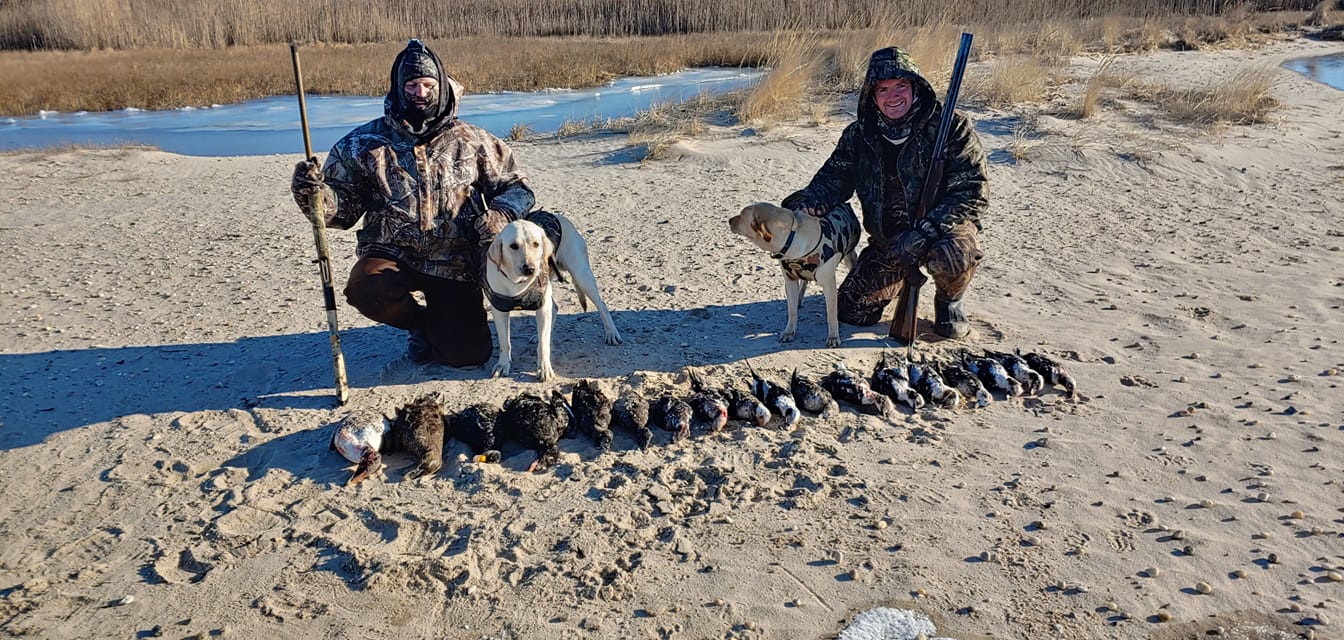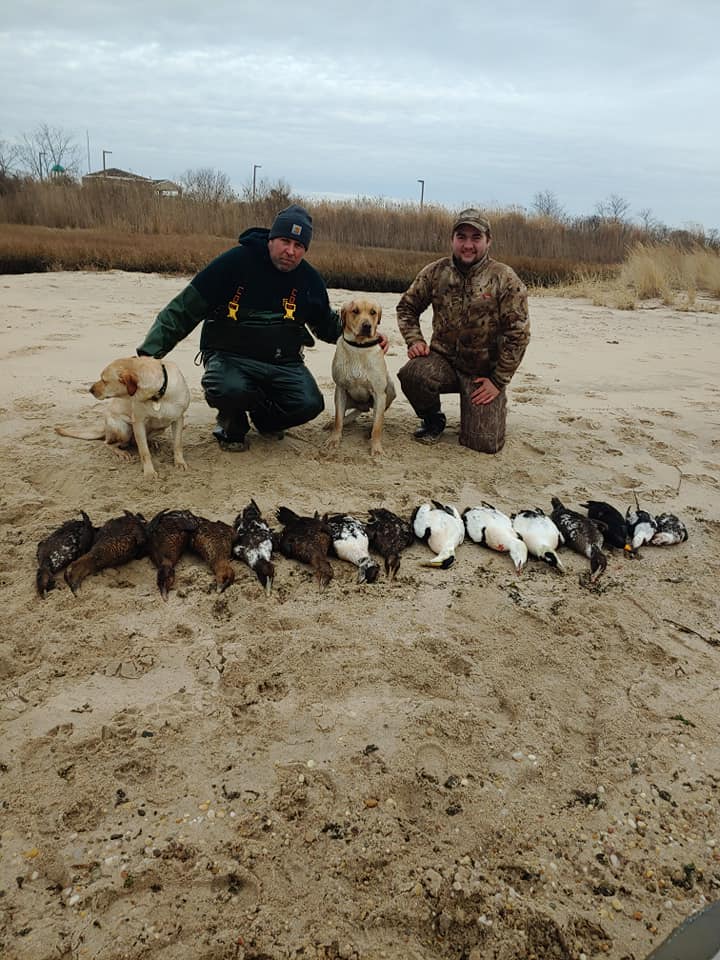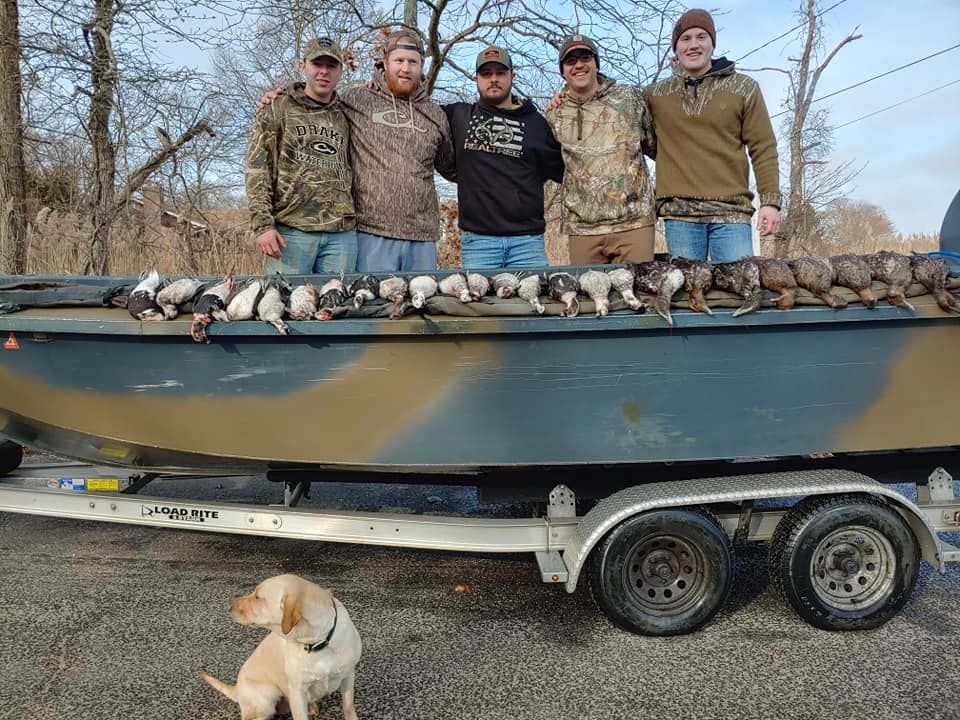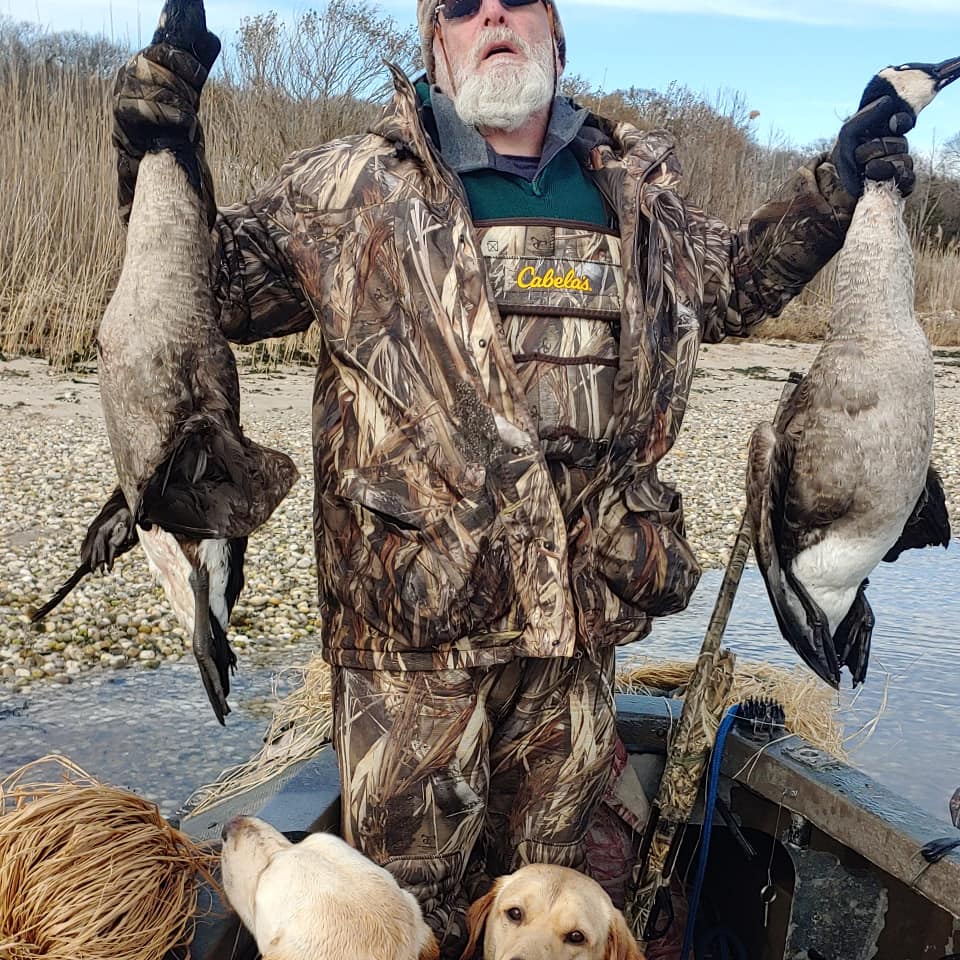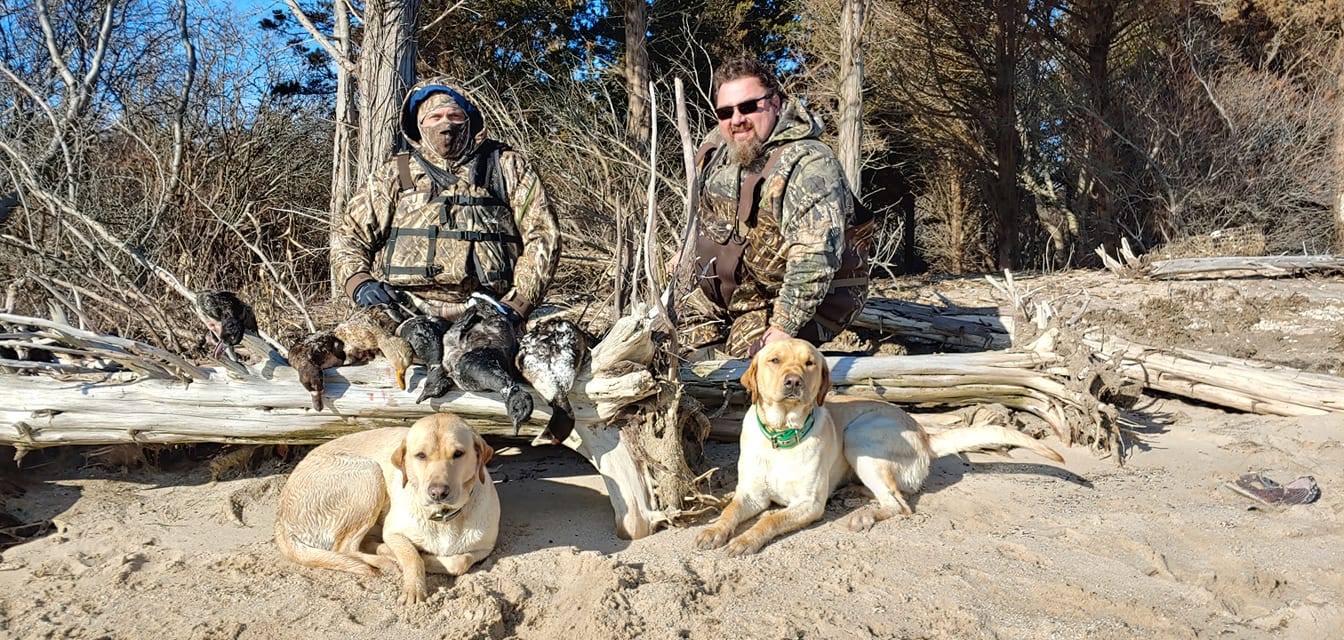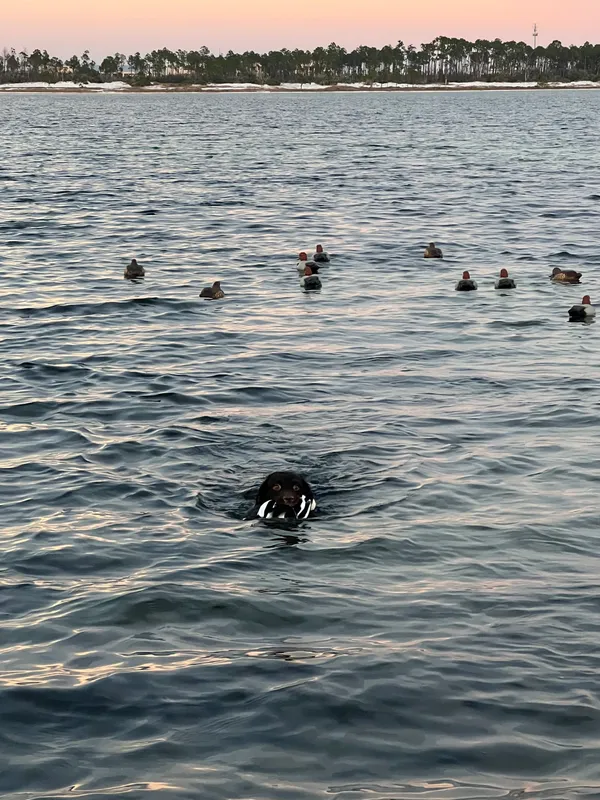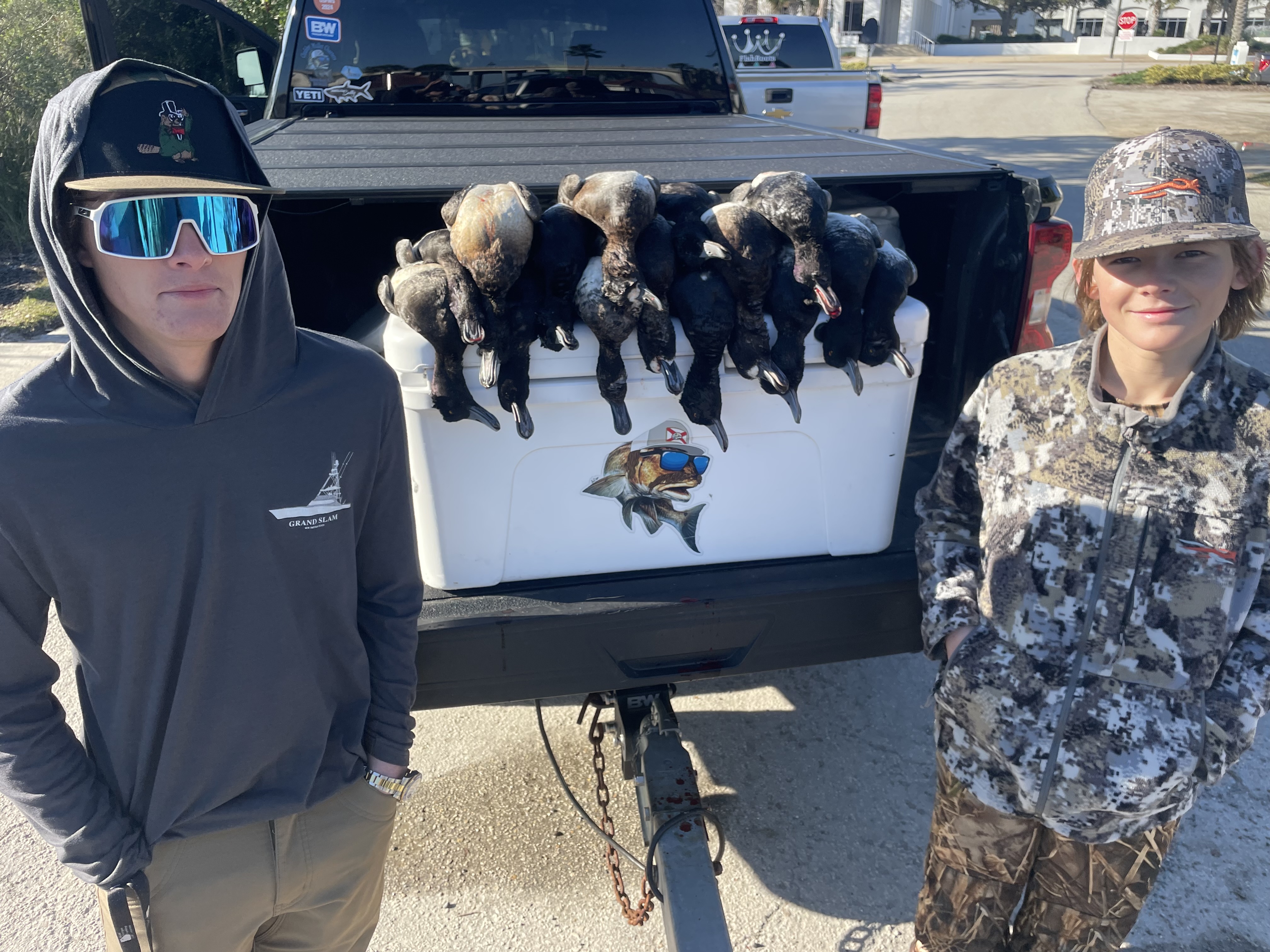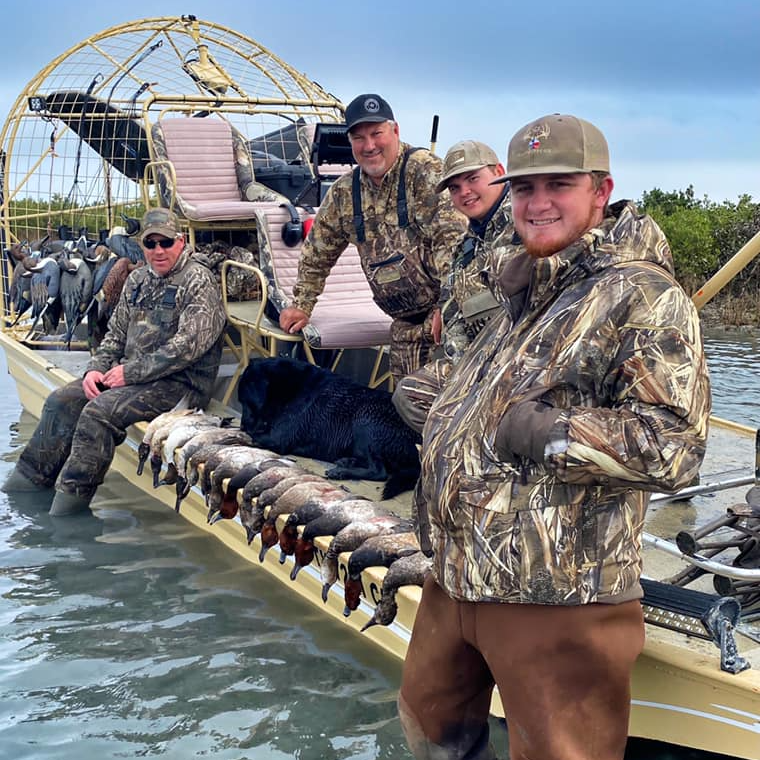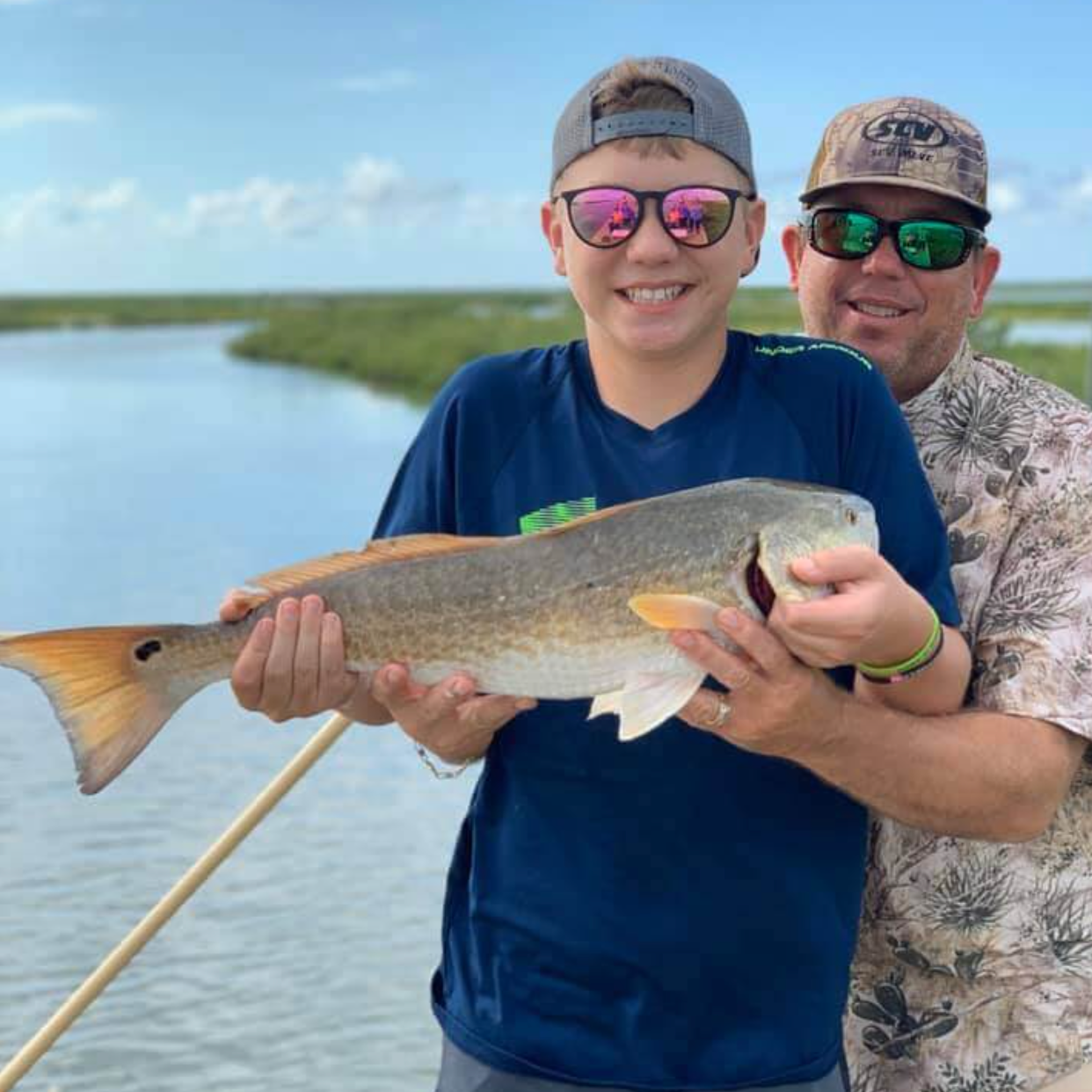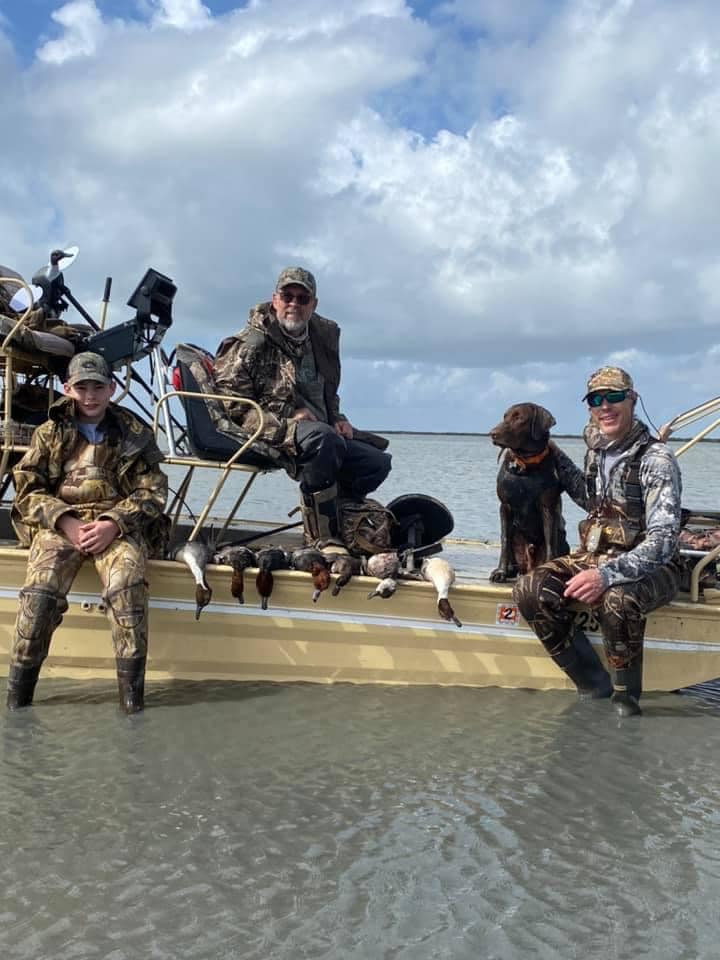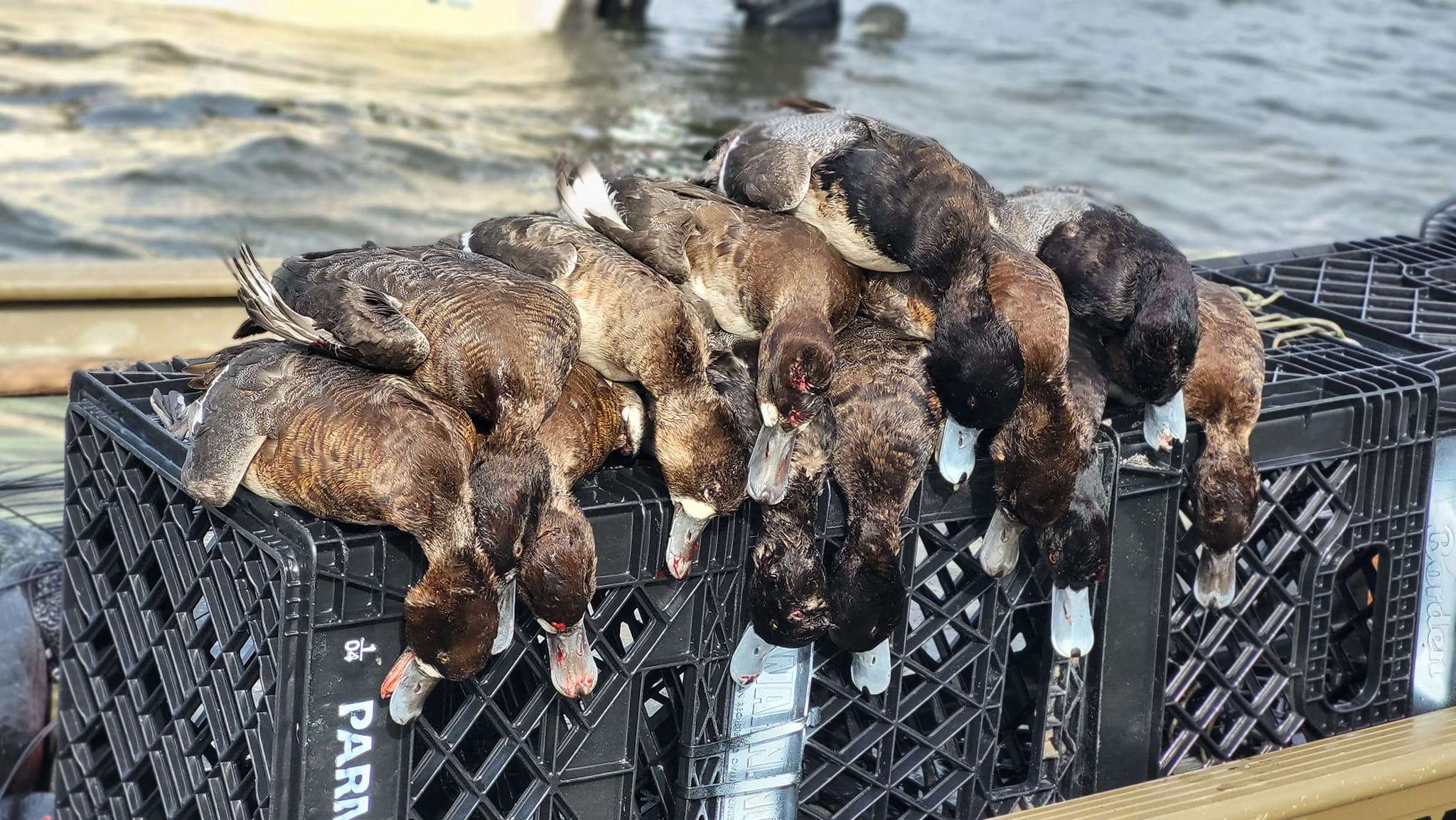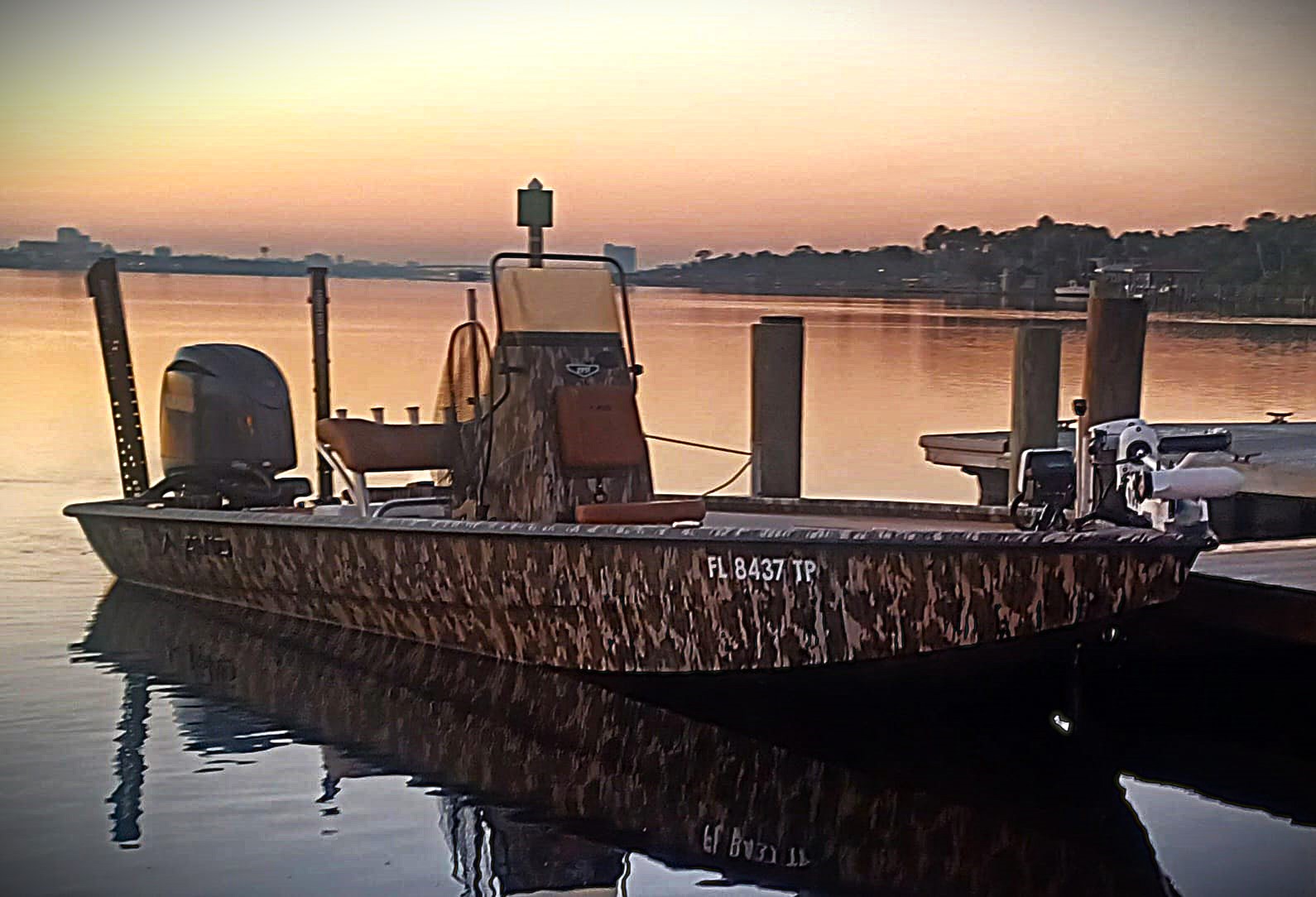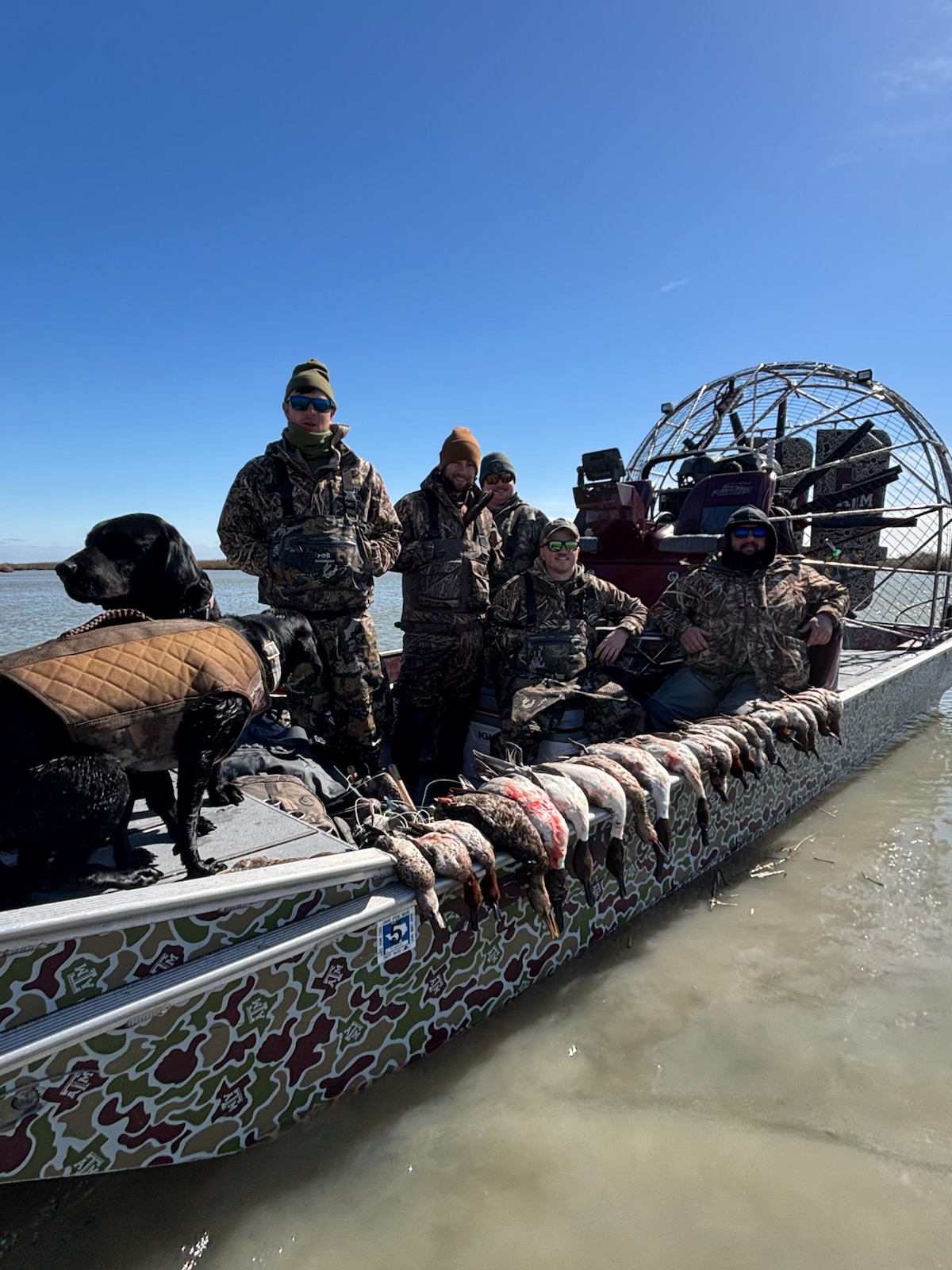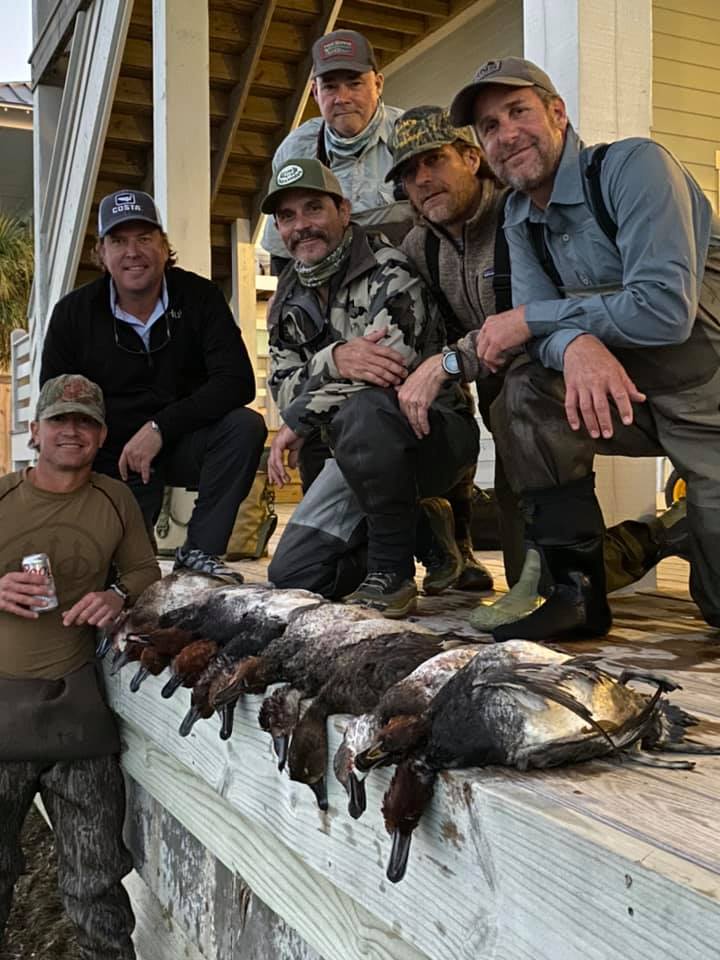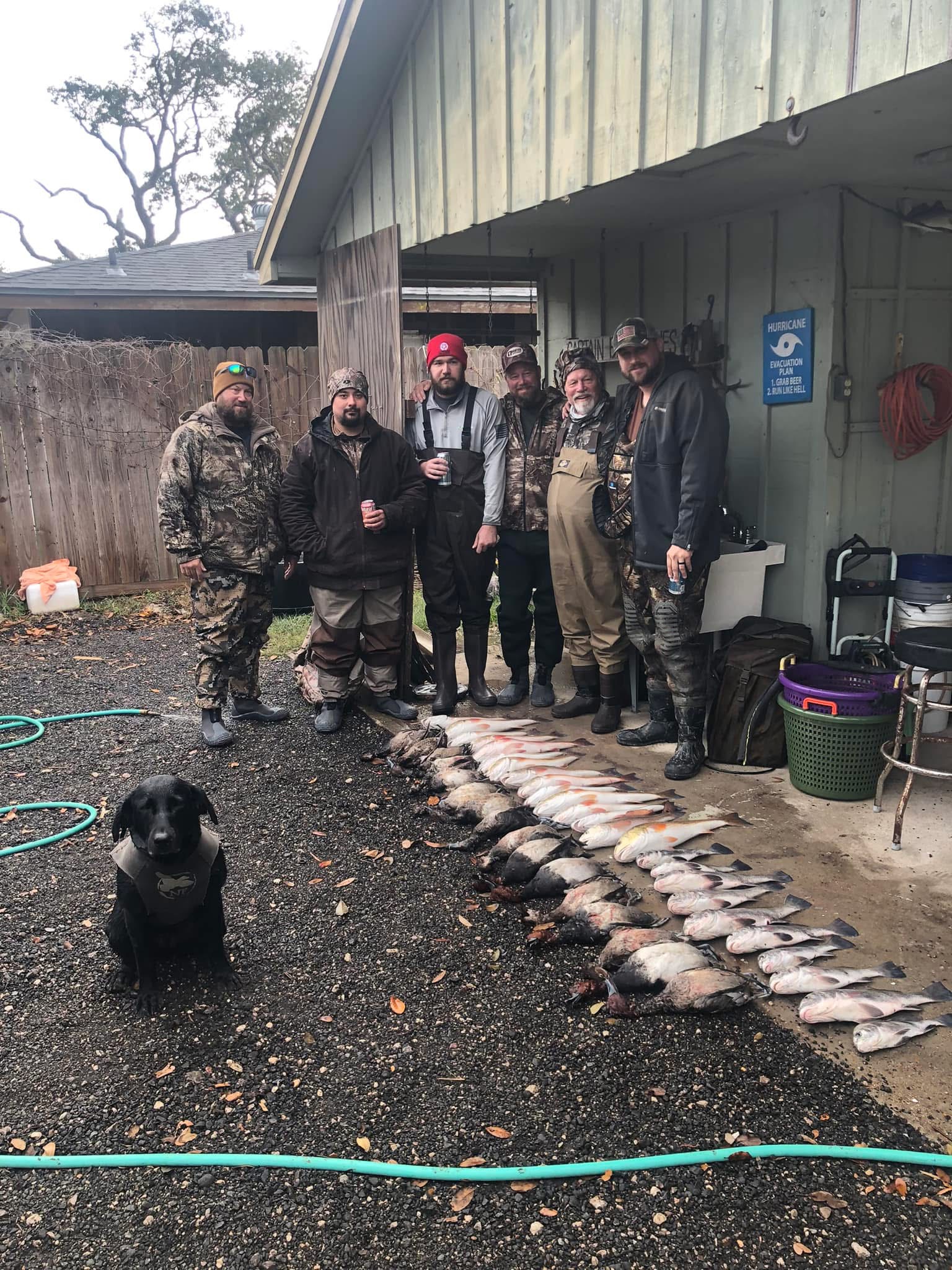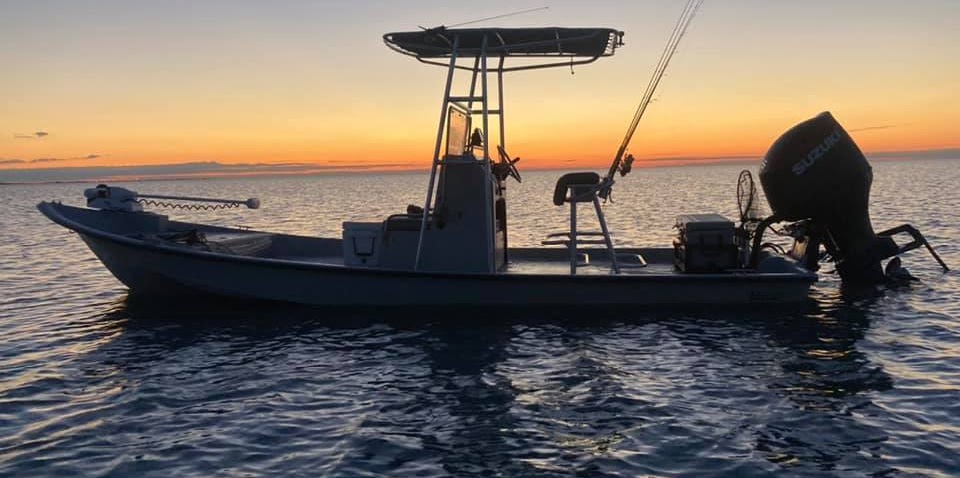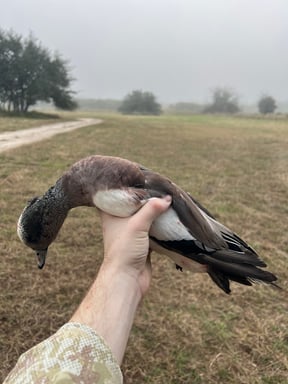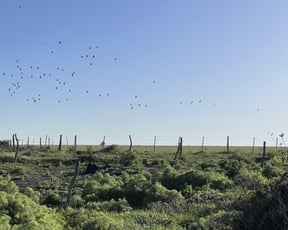Duck Hunts
Combo Duck/Goose Hunts
Waterfowl Hunts
Daytona Beach Duck Hunt
POC Duck Hunts
POC Cast And Blast Fun!
Central Texas Ducks
Diver Duck Hunt Ormond Beach
Aransas Pass Quacker Smacker
Texas Coast Cast And Blast
We started Captain Experiences to make it easy to book fishing and hunting guides around the world. With over 2,000 Damn Good Guides, our platform makes finding and booking a trip seamless. Head here to check out our trips.
Two species that I confused easily when I first began duck hunting were buffleheads and hooded mergansers.
However, once I learned the distinguishing features, I could quickly identify each species as they buzzed across the water.
Instead of looking at the similarities, let’s look at the differences, so you’ll never look like a newbie misidentifying a hooded merganser vs. bufflehead.
Visual Differences: Hooded Merganser Vs. Bufflehead
The males are the ones that are most easily confused because of the large white patches on their heads and chest.
While the hens are all primarily brown, the cheek patch of the bufflehead hen quickly gives its identity away if the crazy hair-do of the hooded merganser hen didn’t already help you identify between the two species of hens.
Overall, buffleheads are smaller birds, but hooded mergansers aren’t large like their cousins. A drake bufflehead is smaller than a hen hooded merganser, so if you see or harvest a small duck with a large white patch on its head, more than likely, it’s a bufflehead.
Drakes
The features that make a drake hooded merganser easy to identify are the shape of its bill and the gold eyes.
Several other differences can help you verify which species you’re looking at, including the head color, shape, size, and body color.
Head
Let’s begin with the differences in the color of the drakes’ heads.
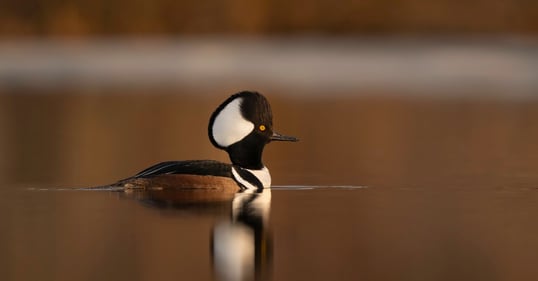
Male Hooded Merganser
A hooded merganser has a black head with a white hood. Upon close inspection, you’ll notice the white hood has a black border surrounding it from the side.
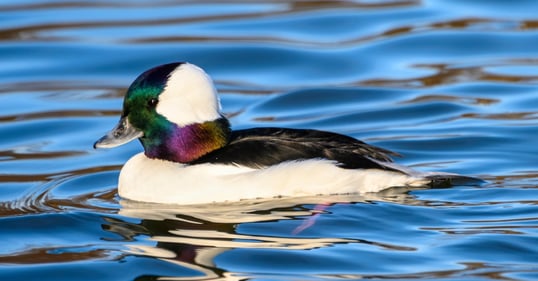
Male Bufflehead Duck
A bufflehead’s head color is glossy greenish-purple, and the hood of a drake bufflehead wraps around the back of its head.
When they have their hood flared out, the hooded merganser's head is much more round than a bufflehead's.
As I mentioned, hooded merganser’s eyes are gold, and bufflehead’s eyes are black.
Bill
In my opinion, this is the quickest way to identify a merganser.
Their bills or beaks differ from ducks, making identifying them reasonably easy.
A hooded merganser has a long skinny black bill. It’s much more pointy than a bufflehead.
A bufflehead has a short rounded blueish-gray bill.
They have different diets, which accounts for the differences in bill shape.
Body
While the chest of both species is white, that’s where the similarities end. Mergansers are slightly larger birds and are more colorful.
A drake bufflehead’s body is solid white except for its black back.
Male hooded mergansers have brown or cinnamon-colored sides with a black back. You’ll also notice black stripes near their chest.
Hens
The hens are much easier to tell the differences than the drakes, despite being similar in color.
Head
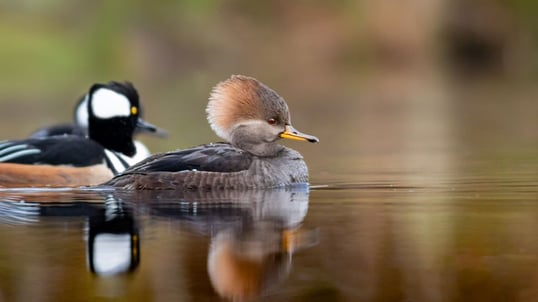
Female Hooded Merganser
The head shape of the hooded merganser hen is more round, almost saucer-shaped. The hood is cinnamon-colored brown, and it looks like she’s having a bad hair day.
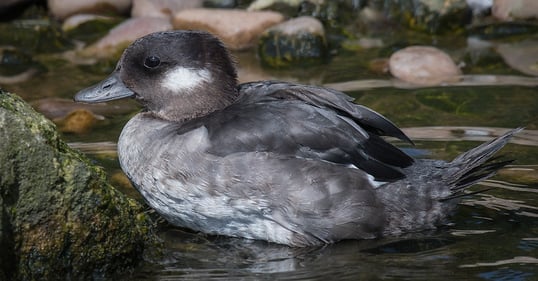
Female Bufflehead Duck
A hen bufflehead has a dark brown head with a white cheek patch; that’s a dead giveaway.
Bill
The hen bufflehead has a short, round solid black bill. Similarly shaped to the drake buffleheads bill, but it’s a different color.
The hen hooded mergansers bill is shaped the same as the drake; however, it’s orange and black instead of solid black.
Body
A bufflehead hen's body is dark brown with white patches on its wings that are visible while it sits on the water.
The hen hooded merganser's body is solid brown with no significant distinguishing features.
Typical Ranges
When observing these species, you notice that they dive for their food, but I mentioned earlier that they have different eating habits.
Hooded mergansers primarily eat aquatic insects, crawfish, and small fish in small freshwater bodies.
You can find them on larger reservoirs, but I’ve harvested most of my hooded mergansers on farm ponds or in the marsh.
They can be found across much of the US. However, they don’t frequent several western states, such as New Mexico, Arizona, Colorado, Utah, Nevada, and the southern portion of California.
Buffleheads prefer to eat aquatic invertebrates in large bodies of water and shallow saltwater bays.
All the buffleheads I’ve harvested have been at a large reservoir.
They are more widespread than hooded mergansers, visiting every state in the contiguous US, plus Alaska at some point throughout the year.
Parting Shots
Even if you’re new to duck hunting, with the identification tips provided above, you can confidently identify the differences between a bufflehead vs. hooded merganser.
I recommend buying a waterfowl identification guide to keep in your blind bag.
If you don’t duck hunt much, hire a duck hunting guide so they can help you identify the birds you’ve harvested to help you avoid a costly ticket from the game warden.
Jake Lane
Updated on May 2, 2023
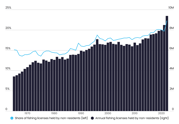
July 31, 2024
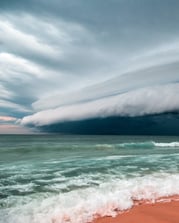
August 21, 2023
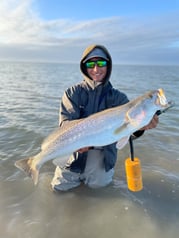
January 19, 2021
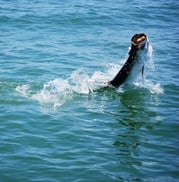
April 15, 2022
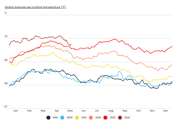
November 15, 2023
Related Articles
January 3, 2023
August 24, 2022
Featured Locations
- Fishing Charters Near Me
- Austin Fishing Guides
- Biloxi Fishing Charters
- Bradenton Fishing Charters
- Cabo San Lucas Fishing Charters
- Cancun Fishing Charters
- Cape Coral Fishing Charters
- Charleston Fishing Charters
- Clearwater Fishing Charters
- Corpus Christi Fishing Charters
- Crystal River Fishing Charters
- Dauphin Island Fishing Charters
- Daytona Beach Fishing Charters
- Destin Fishing Charters
- Fort Lauderdale Fishing Charters
- Fort Myers Fishing Charters
- Fort Walton Beach Fishing Charters
- Galveston Fishing Charters
- Gulf Shores Fishing Charters
- Hatteras Fishing Charters
- Hilton Head Fishing Charters
- Islamorada Fishing Charters
- Jacksonville Fishing Charters
- Jupiter Fishing Charters
- Key Largo Fishing Charters
- Key West Fishing Charters
- Kona Fishing Charters
- Lakeside Marblehead Fishing Charters
- Marathon Fishing Charters
- Marco Island Fishing Charters
- Miami Fishing Charters
- Montauk Fishing Charters
- Morehead City Fishing Charters
- Naples Fishing Charters
- New Orleans Fishing Charters
- New Smyrna Beach Fishing Charters
- Ocean City Fishing Charters
- Orange Beach Fishing Charters
- Panama City Beach Fishing Charters
- Pensacola Fishing Charters
- Pompano Beach Fishing Charters
- Port Aransas Fishing Charters
- Port Orange Fishing Charters
- Rockport Fishing Charters
- San Diego Fishing Charters
- San Juan Fishing Charters
- Sarasota Fishing Charters
- South Padre Island Fishing Charters
- St. Augustine Fishing Charters
- St. Petersburg Fishing Charters
- Tampa Fishing Charters
- Tarpon Springs Fishing Charters
- Venice Fishing Charters
- Virginia Beach Fishing Charters
- West Palm Beach Fishing Charters
- Wilmington Fishing Charters
- Wrightsville Beach Fishing Charters
